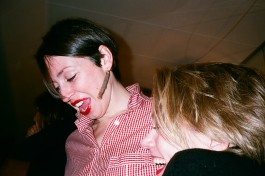
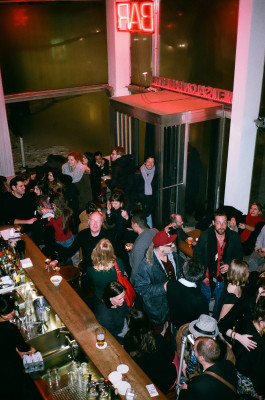
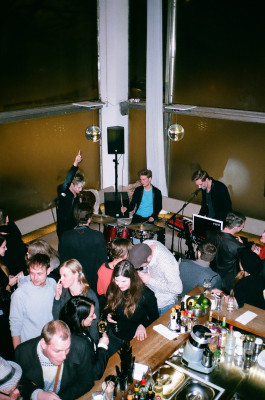
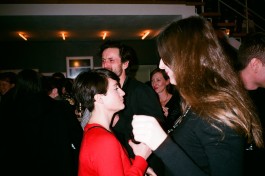
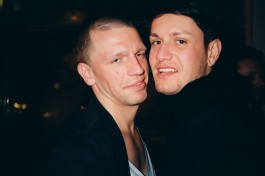
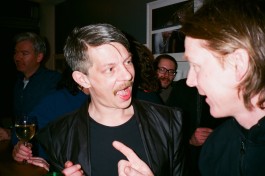
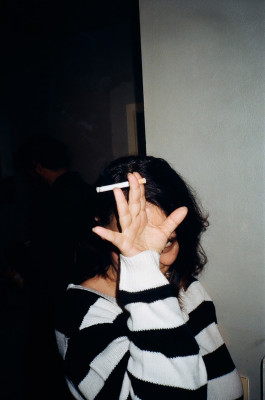

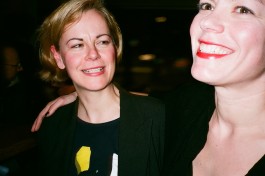

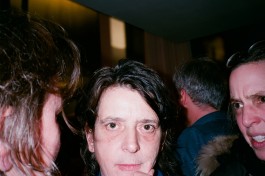
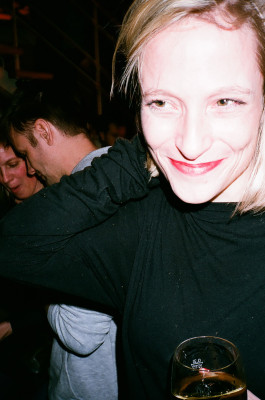
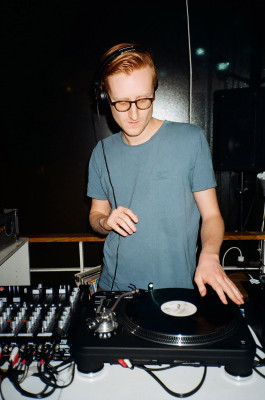
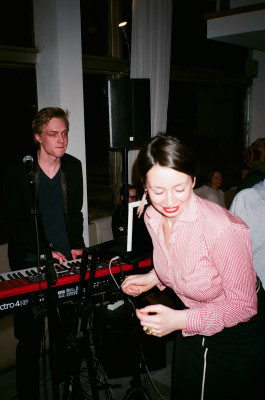
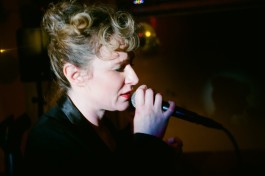


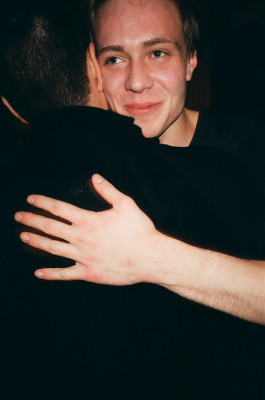
BIEST
Mythos
Exhibition: BIEST oder da hast du deinen Mythos, Bar Babette, Berlin, 2014
Photo (left): Tobias Kruse/OSTKREUZ
Photo (right): Michael Schnelle
Band: Herrenwieser House Ensemble
DJ: The Golden Calf
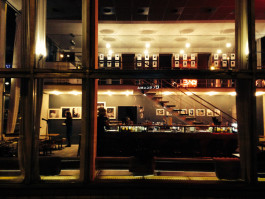
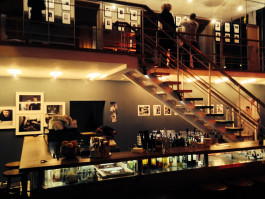
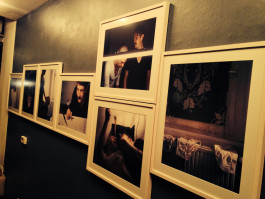
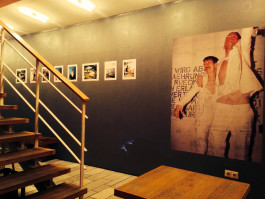
with photographs of Nadja Ritter, Ina Schoenenburg/OSTKREUZ, Tobias Kruse/OSTKREUZ, Matthias Walendy
Brief digression: “All modern art is homosexual,” the towering father figure Marcel Duchamp famously averred. His conviction stemmed from the observation that the pleasure of art derived from self-reference and indeed unvarnished self-desire. This insight marks the dawn of the twentieth century. And now?
Surveying today’s goings-on (in art, design, photography, or the world at large), we may come to the conclusion that the cult of subjectivity, of genius, originality, and artistic creation, which had fallen into disrepute or certainly come in for controversial debate since the 1960s at the latest, is back with a vengeance. As though all the zealous exertions of earlier generations (of artists) had been for naught, what we’re watching in more than a few prominent cases is the resurrection, at least in zombie form, of the author, a figure long thought dead. Even the idea of genius with its billowing mythical aura is back from the netherworld, as are media like (figurative) painting. It’s the eternal recurrence of the new.
So, to put it drastically, the most salient trend today is probably the repetition of repetition in art itself as well as in how it is looked at, theorized, and critiqued. A concomitant feature is the ceaselessly reiterated realization that the primary ambition of many artistic practices appears to be to make a clean break with convention. That’s why each generation of aesthetic creators attempts afresh to commit and stage the rule violation and reject (e. g.) originality. Far be it from us to confuse originality and individuality!
Yet when the gesture of the break with tradition is performed with such vehement intensity, it quickly emerges that allegiance to the principle of being different is merely another form of compliance with the originality imperative. Art itself is conscious of its tradition, its precursors and historical roots; but the beholder is no less aware of them. For the violation of boundaries to be perceived as such, even the boundary must be bounded. Anything that went truly ‘beyond’ would be ‘illegible’ and hence utterly ‘invisible.’
To come back: how hardened and how in thrall to history it is for someone to wait until after the end of their life for everyone to finally figure out that they, or something, should be elevated to mythical standing. One may certainly read the exhibition “” featuring photographs by Ina Schoenenburg, Tobias Kruse, Nadja Ritter, and Matthias Walendy as a casual anticipation of this process of canonization, which is capricious anyway. One may, but one needn’t. The four photographers have been with BIEST since it was founded, have stuck with it through all ups and downs, creative and otherwise. Were these shots destined for an outside? Now they are! Perhaps the whole thing is in the end better described as a minor BIEST retrospective. It’s been a long time, and how wonderful that everyone sees as they see.








